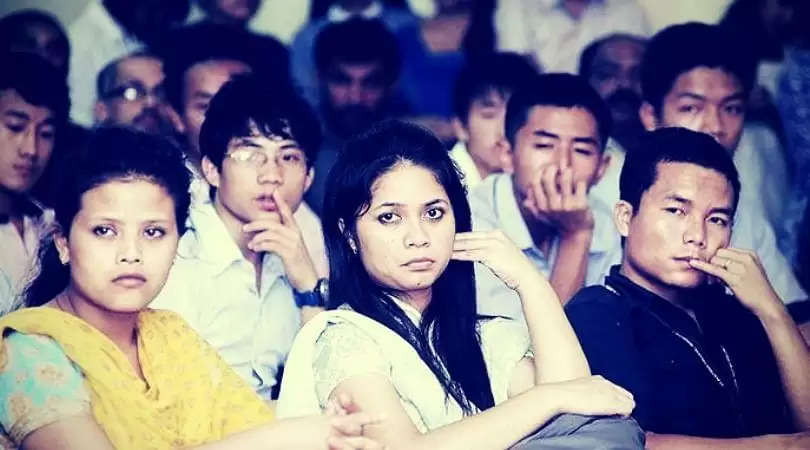DID YOU KNOW | Northeast youths know more about India than mainland youngsters

TNT News | November 30, 2018:
Stereotyping gone wrong! People from Northeast India who are often discriminated and considered 'non-Indians' by most people from Mainland India knows more about the country's geography as compared to others from many other states of mainland India.
According to latest 'ASER (Annual Status of Education Report) 2017: Beyond Basics', it was revealed that the youth from the northeast are more knowledgeable about the country's geography when compared to youngsters from many other states of mainland India.
Furthermore, it was revealed that youths from Manipur have performed especially well in the survey.
While the national average of youths who can recognize the map of India stands at 86.3%, 91.2% youths from Manipur can recognize the country's map. Assam (78.8%) fares poorly in this regard. Nagaland does exceptionally in this regard, leaving states from the mainland in its trail with a figure of 94%. In Meghalaya's Jaintia Hills, this figure is 82.5%.
The 2017 edition of ASER, which is India's largest NGO-run annual survey, focuses on youths aged between 14 to 18 years. The survey was carried out in a total of 28 districts across 24 states of the country this year, covering Kamrup (Assam), Bishnupur (Manipur), Jaintia Hills (Meghalaya) and Kohima (Nagaland) in the northeast.
When asked about India's capital, Manipur does better than most with its figure of 72.3% beating the national average of 64.1%. Assam's percentage is disappointing in this category as well, recording only a 52.4% success rate. Nagaland (60.6%) performs below the national average in this category as well.
In Jaintia Hills, this figure is a lowly 39.1%. When asked to name their own state, 86.5% youths from Manipur are successful, while the national average is 78.6%. Assam (75.5%) performs better than many states. Nagaland (77.5%) fails to reach the national average while Meghalaya also fares poorly, with a figure of 73.8%.
With inputs from Times of India

















